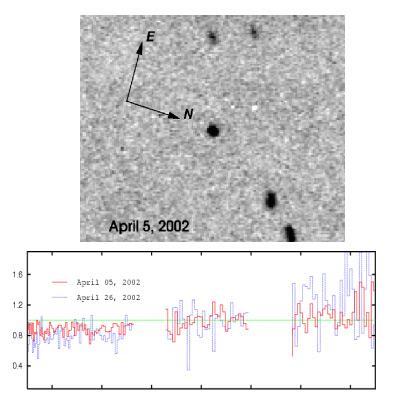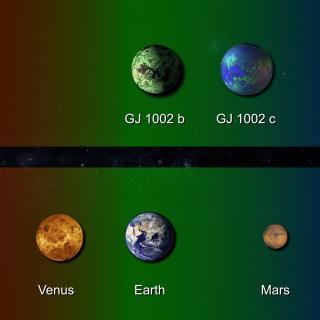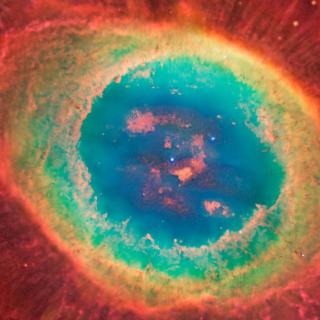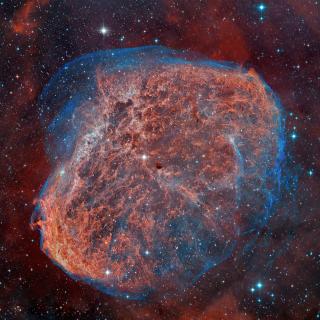Observing the nucleus of a comet is difficult, because comets are normally active near the sun which means that their nuclei are hidden by their comae. 124P/Mrkos is a low-activity comet observed at 1.9 UA of the sun. The spectra of comets give us information not only about their composition, but also about the initial composition of the solar system. In this case the spectrum is very similar to that of the D- and P-type
asteroids that typically populate the external part of the asteroid belt.



